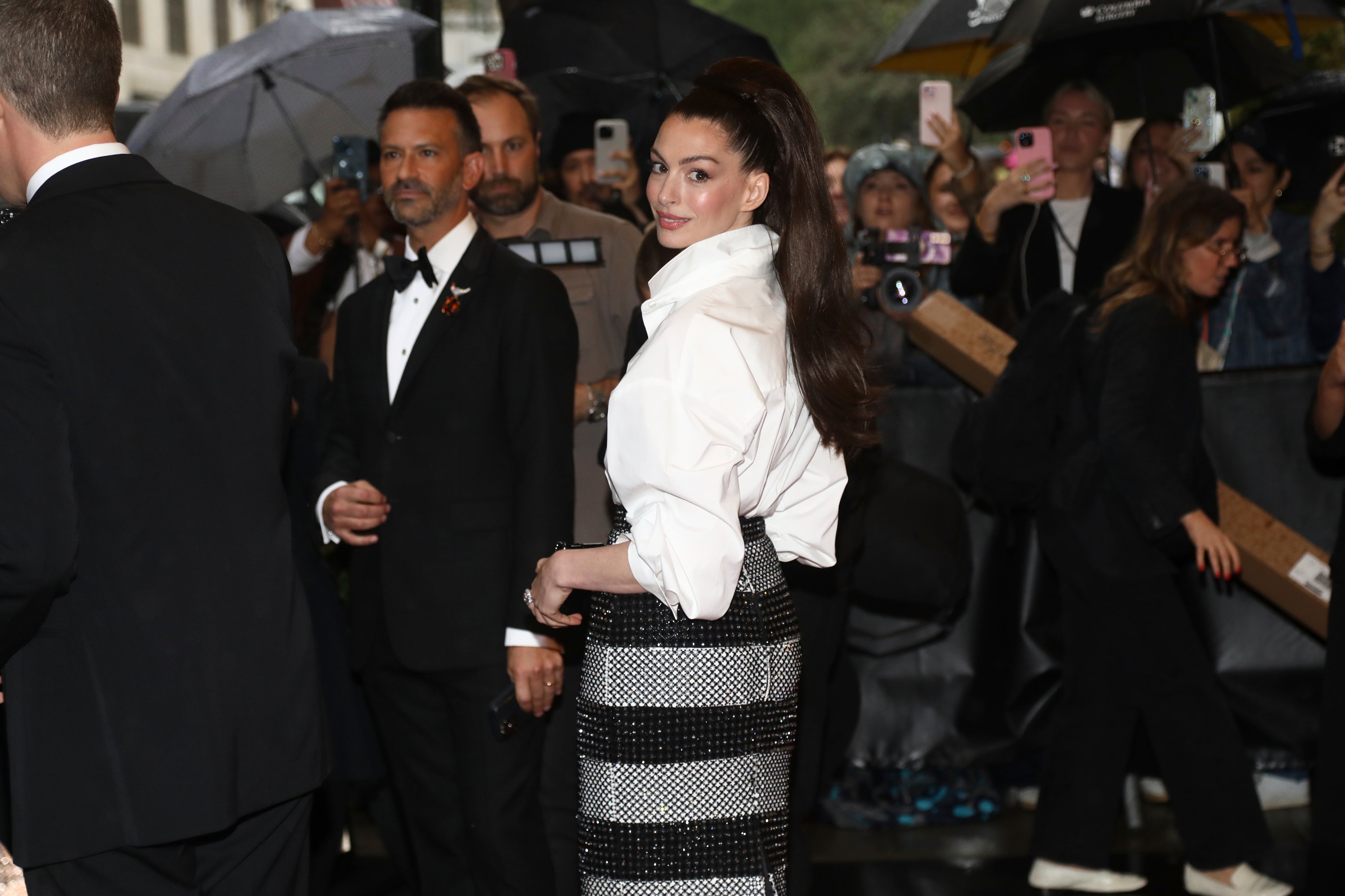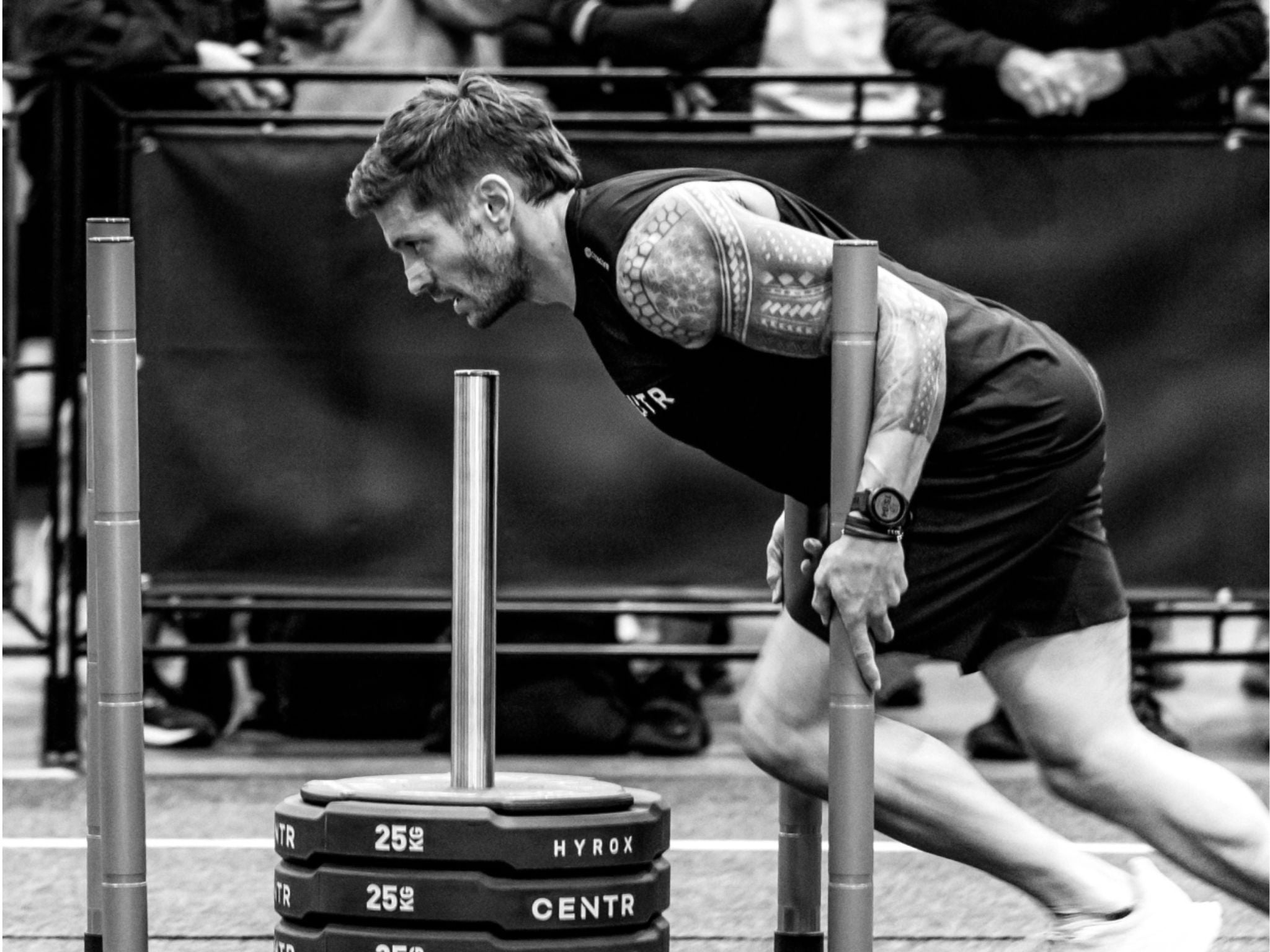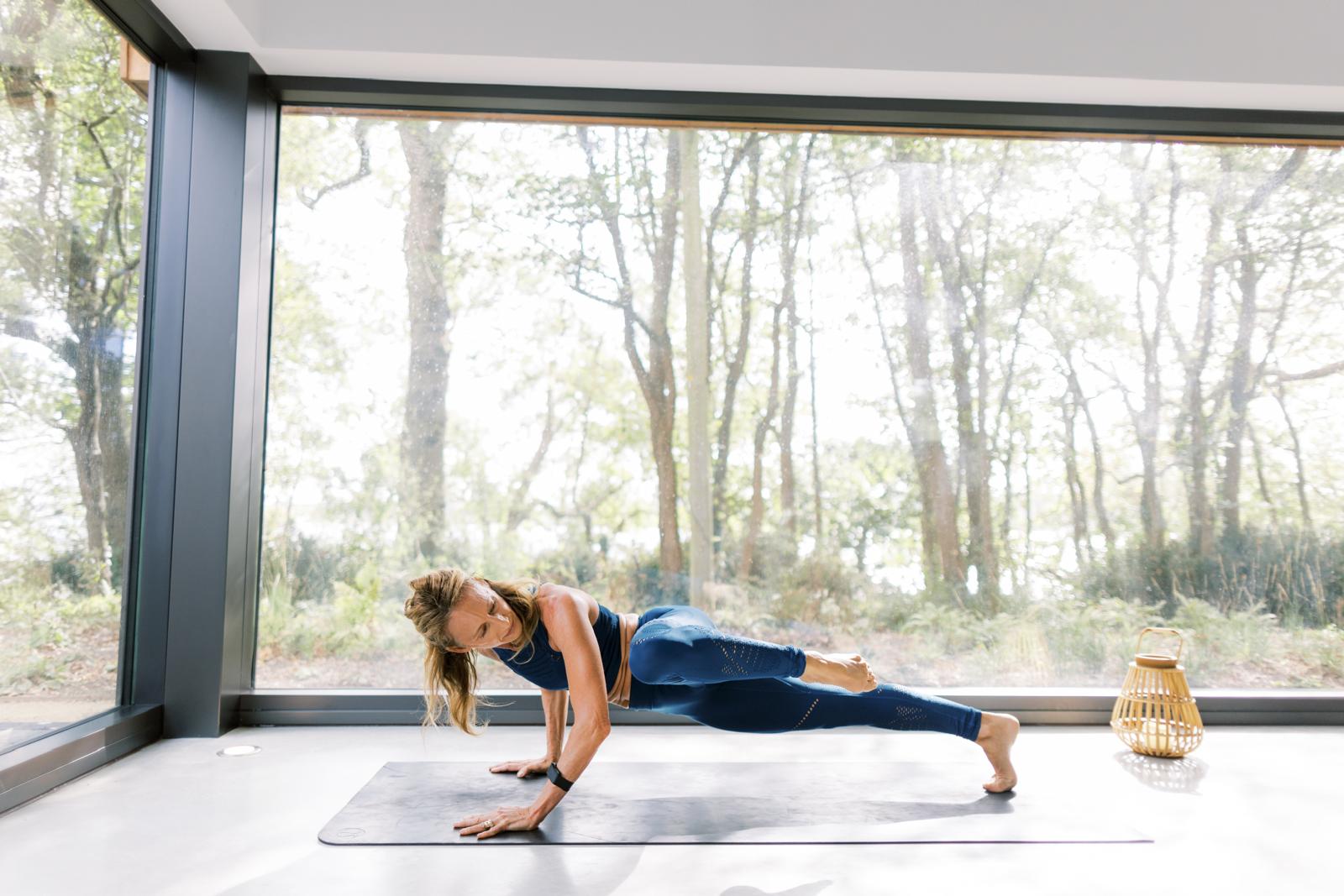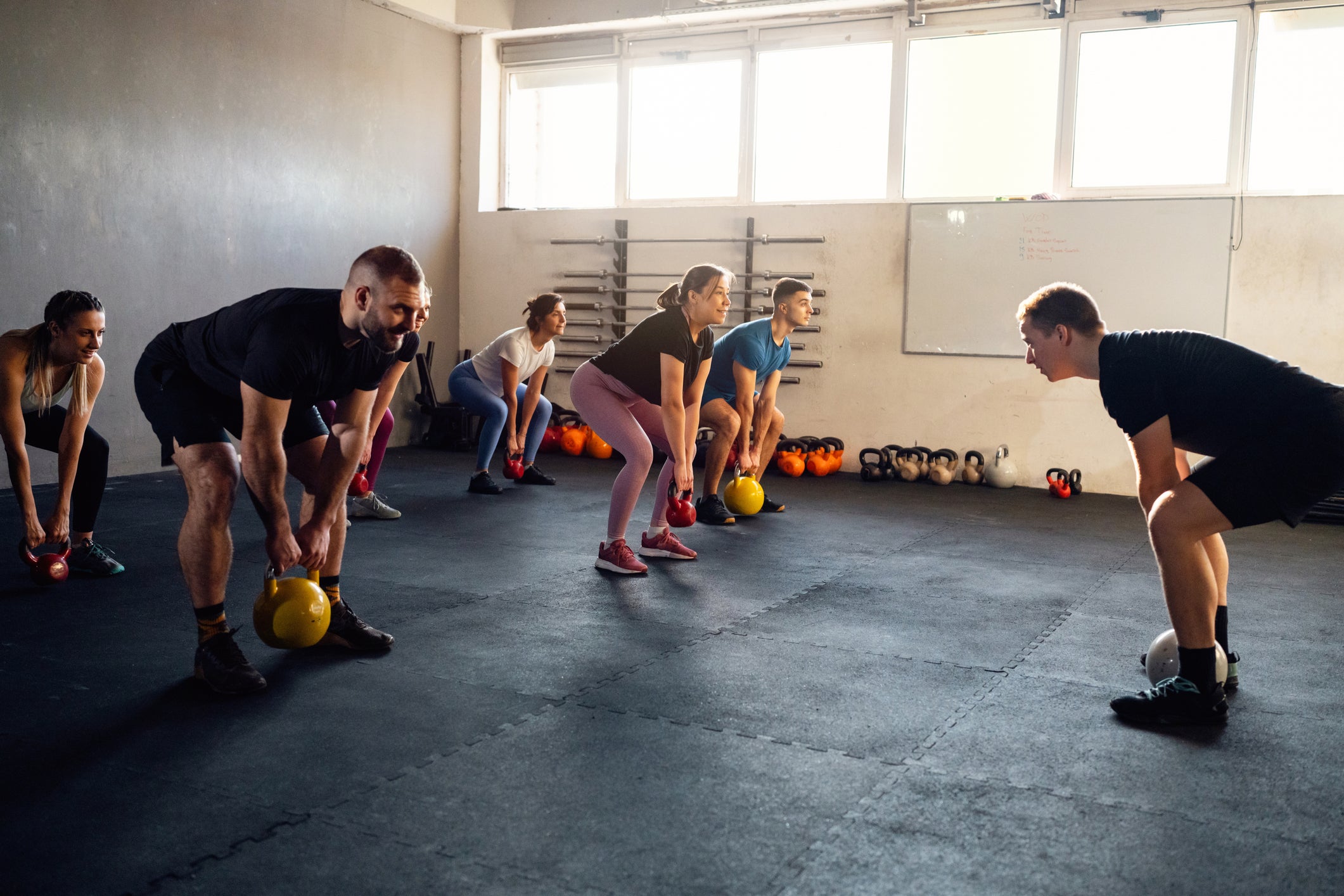The Independent's journalism is supported by our readers. When you purchase through links on our site, we may earn commission.
The difference between celebrity workouts and ours, according to A-list trainers – and how to bridge the gap
The underlying principles of an A-lister’s training regime are mostly the same, but there are four key differences in approach which you can use to upgrade your exercise plans, Harry Bullmore writes

Money can undoubtedly aid your fitness efforts; you can afford the best food, enlist expert help and invest in time-saving measures such as meal delivery services – or a private chef, if work is going particularly well. But speaking to a selection of A-list fitness trainers, I found the workouts themselves are surprisingly similar to those you or I might try.
I did, however, spot some key differences between their exercise routines and it is these disparities can be filed under four main pillars: specificity, consistency, intensity and a bespoke approach.
Having spoken to those responsible for keeping Anne Hathaway, Stanley Tucci, Chris Hemsworth and Stephen Graham in shape, I now know what we can all borrow from their clients’ behaviours to elevate our own fitness plans.
Specificity
For actors and those in the public eye, part of the motivation to stay in shape can be linked to a specific goal. For example, in the case of Chris Hemsworth, he usually has a set date when he will be filming a top-off scene for a film and needs to look his best.
“I think for celebrities exercise is a bit more specific,” says Hemsworth’s long-time friend, trainer and Centr coach Luke Zocchi. “Most people want to do more general fitness work, but training a celebrity is more like training a sportsperson; you’re training for a specific thing.”
He compares it to preparing an athlete for a bodybuilding show, engineering their diet, recovery and exercise plans to achieve a desired aesthetic on a specific day of filming.
“With the current film we’re working on [Marvel’s upcoming Avengers: Doomsday], for example, he’s seen the costume and you can really see his shoulders and his arms, so we’re focusing on those body parts to try and build them.”
But Zocchi says the foundational principles underpinning Hemsworth’s heavy lifting sessions are the same as any other gym-goer – there are no magic exercises or rep schemes.
“People want to do something different to stand out, but you can’t beat the basic movements if they’re done correctly; squats, press-ups, shoulder presses, pull-ups,” he says.
“As a basic rule of thumb, you need progressive overload for building muscle. If you’re not challenging yourself when you go into the gym and putting your body in that stressed position where it needs to adapt and grow, you’re probably not going to get the result you want. If you’re training and pushing yourself hard then you’re probably on the right track for building muscle.”
He says training will also depend on your goals. Building and maintaining muscle tends to be a priority for Hemsworth, and the success of this is dictated by his training. But if losing fat is the goal, results are largely determined by diet.
How to use this to upgrade your exercise plans
Setting a goal can still be a major motivator to stick with your fitness plans long-term. However, an arbitrary goal like “look better” or “get stronger” isn’t going to cut the mustard.
You’re better off setting a SMART goal – an acronym that stands for specific, measurable, achievable, relevant and time-bound. For example, this could be lifting a certain amount of weight for an exercise, achieving a set running PB or losing a certain amount of weight by an identified date.
By making it specific, measurable, relevant and achievable, you set yourself up for success and can see tangible progress, motivating you to maintain the healthy behaviours that are moving the needle in a positive direction. Having a time-bound goal also gives you an end-point to work towards, preventing you from putting your fitness plans off for another week or two.
Read more: Why stretching isn’t the answer to tight muscles – and the exercises to try instead

Consistency
Trainer Monique Eastwood’s impressive roster reads like the Hollywood Walk of Fame; Emily Blunt, Anne Hathaway, Stanley Tucci, Rachel Weisz, Sam Rockwell, Hayley Atwell, Greta Gerwig, the list goes on. She also offers similar sessions to clients worldwide via her Eastwood Fit app.
“I would say the main difference is that I get to see my celebrity clients on a regular basis, so it becomes part of their day-to-day routine,” she says. “They make sure it’s part of their schedule each day, no matter how busy their day is.”
Case in point: Anne Hathaway often logs on at 5am for an early hour Zoom session.
Another trainer to swear by consistency is Rob Thurston, who was the man behind Stephen Graham’s incredible transformation for Disney+ period drama A Thousand Blows.
Graham trained five times per week for six months leading up to the show. Even when he was on the road, he would make a point to book hotels with, or near, gyms, and prioritised nutritious foods approved by his trainer at each meal. He has also maintained many of these habits post-filming, going so far as to build a gym in his home.
“His transformation was incredible in such a short space of time – losing a lot of body fat and gaining plenty of muscle tissue in the areas we wanted to,” Thurston says. “This comes down to his consistency, with the synergy of hard, focused training alongside well-planned and executed diet and recovery strategies, all meeting together where the whole is greater than the sum of the parts.”
Part of this consistency comes down to accountability. Regular check-ins with trainers mean there’s no place to hide if celebrity clientele skip a workout.
How to use this to upgrade your exercise plans
However long or short your session is, try to establish a regular time to exercise. This could be first thing in the morning, on your lunch break, after work or even squeezing some exercise snacks in during the day.
Whenever it is, attempt to make it a habit. Over time, this can become autonomous, leaving regular exercise as your default setting rather than something you have to find the time and motivation to do.
Again, having a SMART goal to work towards can help with the accountability aspect. You might also consider pairing exercise with a social activity, whether that’s booking a group exercise class or organising a walk with a friend. Knowing there’s at least one other person waiting and relying on you can provide an extra impetus not to shirk your workouts.

Intensity
It’s quite easy to quantify workouts based on time. For example, “I spent an hour in the gym”, or “I went for a 20-minute run”. But if the intensity of your workout isn’t appropriate for your goals, there’s a chance you won’t see the desired results and your time could have been better spent.
To avoid this fate, work – or force times distance – might be a more apt measure of your session. For example, aiming to cover a specific distance on your run, or perform a certain number of sets and reps at a challenging weight when strength training. This can make your workouts more effective, with the added bonus of being more efficient to boot.
Eastwood, Thurston and Zocchi all advocate for time-savvy training with their clients. Eastwood’s classes tend to be around 30 minutes, and Graham’s strength sessions never exceeded an hour.
“I’ve always said this; other than when we were doing strongman stuff for Chris’s Limitless documentary, our sessions would never go over an hour,” Zocchi adds. “The intensity is there. Sometimes they’re 45 minutes, but they’re intense workouts like we’ve done in the past.”
The pair fit a lot of work into this relatively achievable time frame. Rest periods between exercises are on the clock, Zocchi prescribes weights heavy enough for Hemsworth to stimulate muscle growth, and he uses lifting techniques such as drop-sets to squeeze extra effort out of the actor’s already tired muscles.
It’s also worth bearing in mind that not every day has to, or even should, be an intense effort. Hemsworth currently alternates between a day of heavy lifting and a day of lower-intensity steady-state cardio to give him the opportunity to recover and feel his best.
How to use this to upgrade your exercise plans
I’ve found the best way to ensure you hit the desired intensity in your workout is to go in with a plan. This can be from an in-person trainer, online exercise programme or one you’ve drawn up yourself.
A plan, complete with the exercises, sets, reps, rest or distances you’re going to be doing that day, limits time spent wandering aimlessly around wondering what to do next, allowing you to get more bang for your buck from the time you put aside for exercise.
Read more: Swap the gym for this trainer’s six-move kettlebell workout to build full-body strength at home

Bespoke approach
This one is harder to mimic. For most of us, an exercise class is completed as written, whether we’re following a YouTube video, taking one from the internet or even going along to an exercise class.
The best instructors, online and in-person, will offer scaling options to make their workout suitably accessible yet challenging for all participants, but celebrity trainers tend to go a step further.
Working on a one-to-one basis, they cater to their client’s individual needs on any given day, as well as taking into account contextual factors such as how they are feeling.
“Chris and I are being a bit more in-tune with our bodies [while preparing for the next Avengers film],” Zocchi tells me. “If Chris tells me, ‘I’m feeling a bit flat today’, we might do a steady-state cardio day then come back the next day and focus on our lifting.”
“I make the session bespoke to my clients’ bodies each day, and then they have a private trainer checking in with them and giving them what they need during the class” Eastwood adds.
“I get to read what their bodies need on that particular day. We have a pre-workout conversation about what kind of day they are going to have or what kind of day they have had already. That makes a big difference.
“Then we try to fit in a workout to set them up for a busy and sometimes exhausting day of filming, which could also include them being ready for stunt work or a day of movement or dance.”
How to use this to upgrade your exercise plans
I can’t grant you unfettered access to a private trainer, and the cost means this isn’t an option for most of us.
However, the more you exercise, the more in tune you will be with your body, helping you recognise the days when you feel capable of pushing harder in your workouts, and the days where some lower-intensity movement like a walk might suffice.
While effort and intensity are necessary to progress your fitness, with the body adapting to the demands placed on it as per the SAID (specific adaptation to imposed demands) principle, it’s important to note that the changes themselves occur while you are recovering. For this reason, balancing the two is essential.
It’s far from a like-for-like substitute for a bespoke training plan, but aiming to learn and listen to your body over time can help you achieve this.
Join our commenting forum
Join thought-provoking conversations, follow other Independent readers and see their replies
Comments



Bookmark popover
Removed from bookmarks